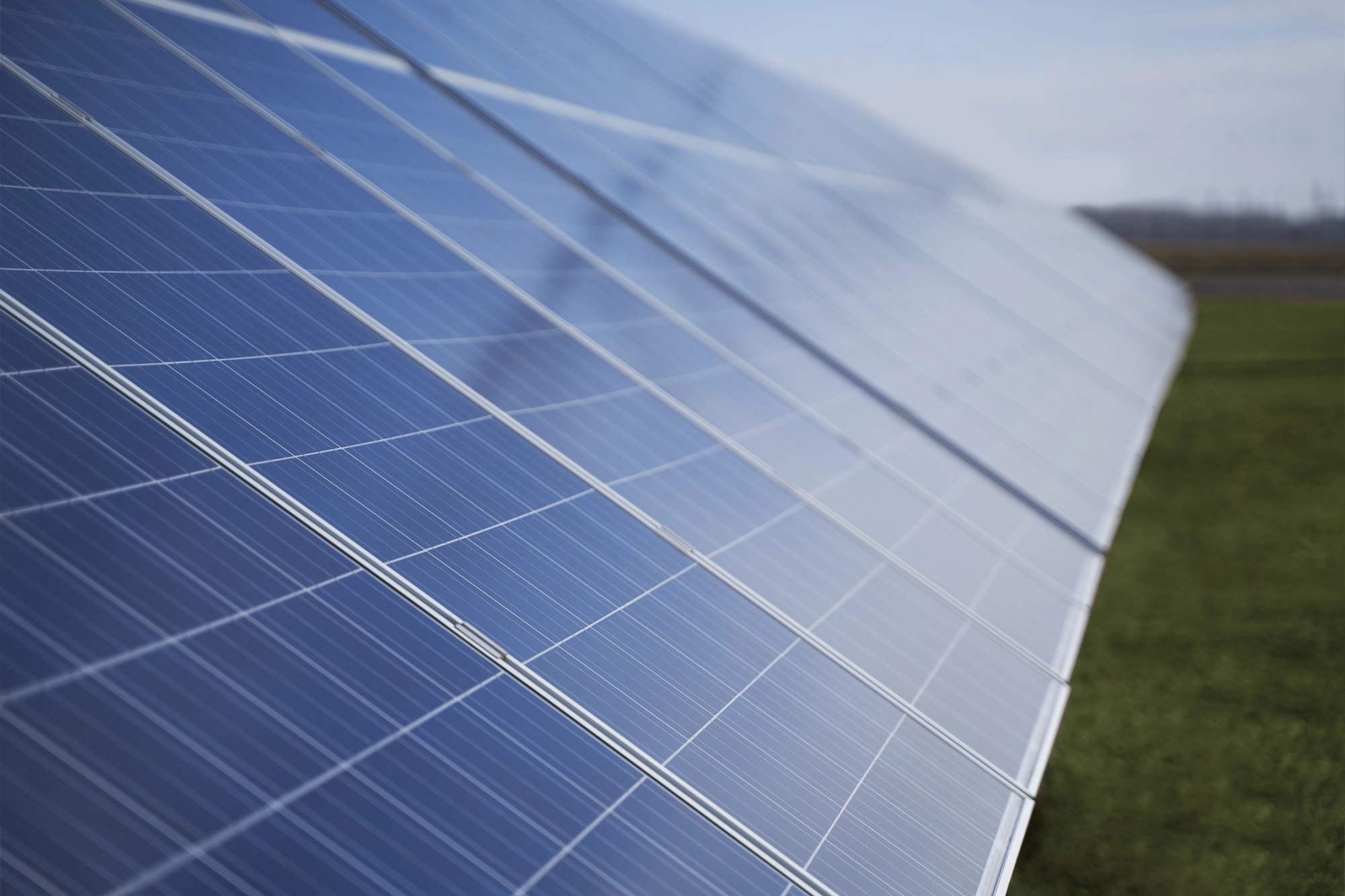Introduction: What is a Hybrid Solar System?
A hybrid solar system combines features of both grid-tied and off-grid systems. It connects to the grid, includes a battery backup, and uses a smart inverter to manage energy.
How Does a Hybrid System Work? Smart Energy Management
1. Power Home with Solar
2. Charge Batteries with Excess
3. Use Stored Battery Power
4. Draw from the Grid if Needed
5. Automatic Backup During Outages
Top Benefits of a Hybrid Solar System
• Uninterrupted Power Supply
• Maximize Self-Consumption
• Energy Independence
• Smart & Future-Ready
• Utilize Net Metering
Hybrid vs. Grid-Tied vs. Off-Grid: A Quick Comparison
| Feature | Hybrid System | Grid-Tied System | Off-Grid System |
| Grid Connection | Yes | Yes | No |
| Battery Backup | Yes | No | Yes |
| Power During Outage | Yes | No | Yes |
| Bill Savings | High | Highest | N/A |
| Upfront Cost | Medium | Low | High |
| Best For | Backup + Savings | Maximum Savings | Total Independence |
Conclusion
Hybrid solar systems are the pinnacle of modern solar technology. Schedule a free site survey with Skymate for a custom design tailored to your needs.


